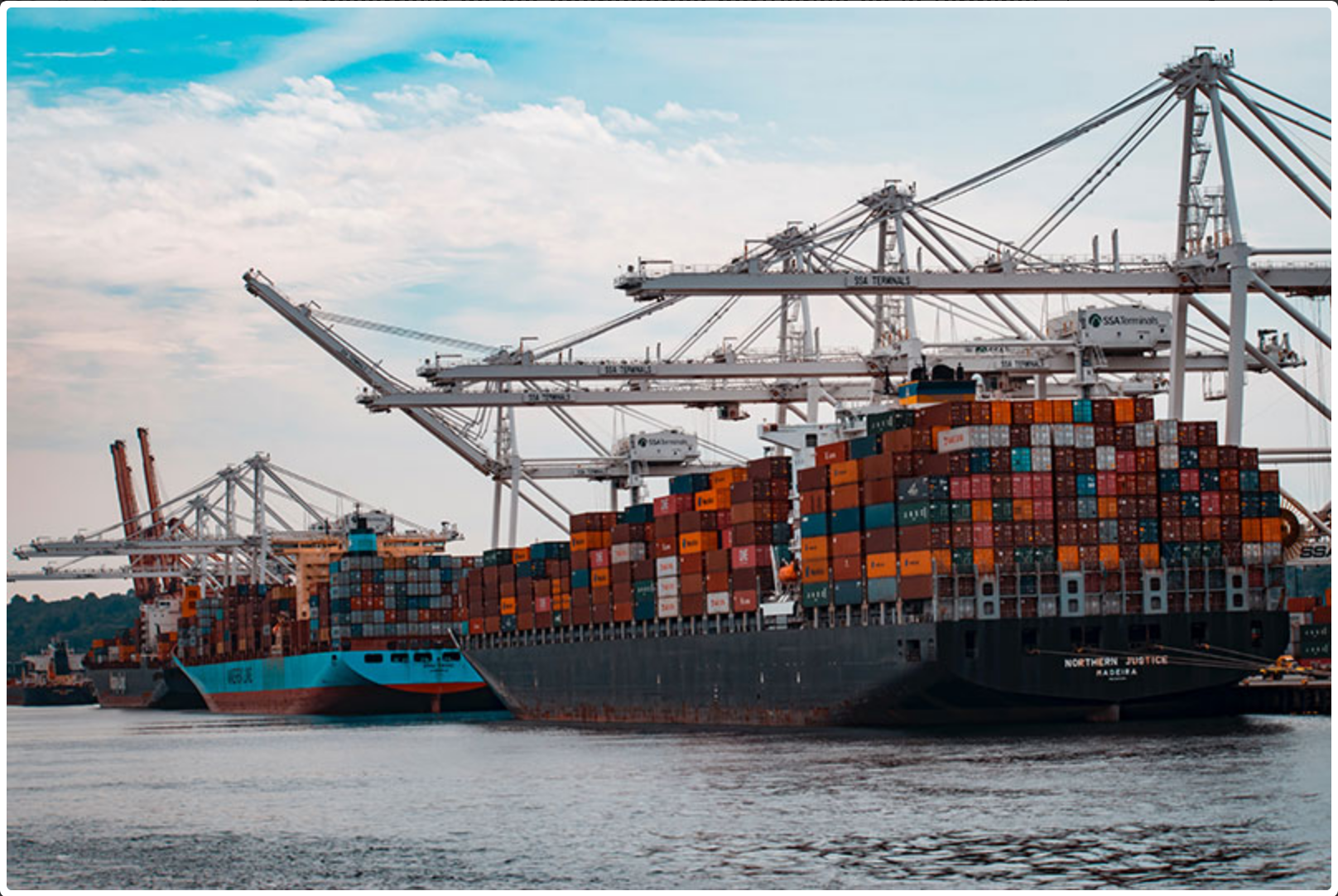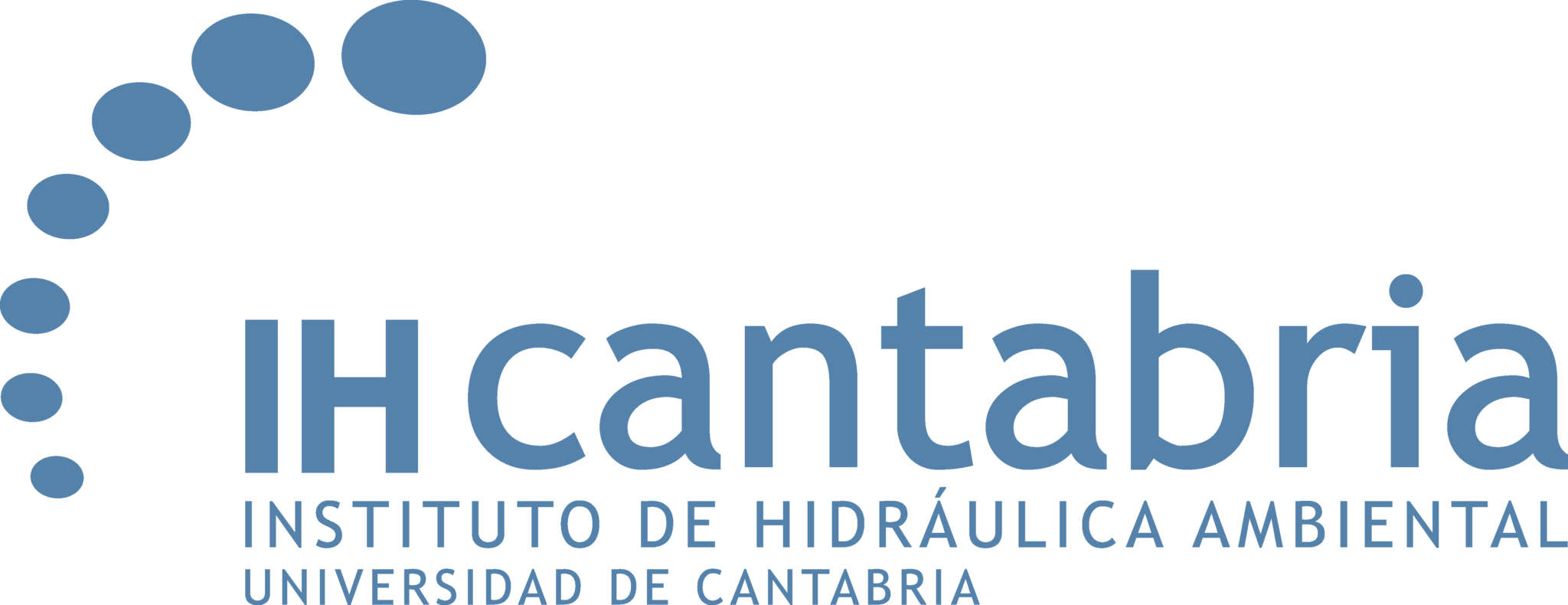NEWS
IHCantabria researchers develop a new methodology that allows a better prediction of port efficiency, safety and operability levels.

The methodology applied and validated in a real scenario, in the Port of Las Palmas (Africa basin), is published in the journal Coastal Engineering .
Research staff of the Ports and Coastal Infrastructures group of the Environmental Hydraulics Institute of the University of Cantabria (IHCantabria) has developed a methodology that allows a detailed description of the wave transformation processes inside the harbors, achieving a complete understanding of the agitation response, its spatial variability along the harbor, as well as its direct relationship with the external multimodal forcing.
This is a numerical methodology for a disaggregated characterization of the historical stirring climate inside harbors, by means of “types of spectra” of stirring, based on a spectral definition (frequency-direction) of the historical response of harbor stirring to external wave energy.
The results of this study entitled “Multimodal harbor wave climate characterization based on wave agitation spectral types” are published in the international journal Coastal Engineering” are published in the international journal Coastal Engineering and its authors are Eva Romano Moreno, Gabriel Díaz-Hernández, Antonio Tomás and Javier L. Lara.
The development of port operations in a port terminal is conditioned by the wave climate at the dock; therefore, it is essential to have an adequate characterization of port agitation for the evaluation of port operability. The main contribution of the study is the development of a new methodology that allows characterizing the historical climate of agitation in the port by means of agitation “spectra types”, classified from the historical series of hourly agitation directional spectra.
In common practice, the characterization of the agitation climate in harbors is usually approached from monoparametric approaches, based on aggregated parameters, mainly total wave height. However, the agitation patterns inside ports are highly multimodal, due to a complex interaction of external waves with port structures, mainly through a combination of diffraction and wave (re-)reflection processes on port contours. In other words, there are significant variations in wave energy, frequency and/or directionality in the different port areas, which leads to a complex definition of the distribution of wave energy within the port. Therefore, monoparametric approaches are insufficient for a complete description of the multimodal churning climate and a full spectral definition of the wave energy is required so that the churning patterns can be disaggregated into their multiple wave components.
In the article published in the journal Coastal Engineering presents the methodology applied and validated in a real scenario, in the Africa dock (Port of Las Palmas), where the advances achieved with the application of this methodology, with respect to the approaches usually used, are demonstrated.
The improvements achieved can be fundamental in many port applications, where it is essential to have a complete definition of wave energy spectra – for example, in port operability and operational shutdown analysis, both in terms of agitation and moored ship movements. The new methodology can also be useful in other types of applications, such as in the identification of suitable areas for the construction of floating elements (renewable energies), or in the evaluation of wave energy potential in areas affected by wave reflection.



